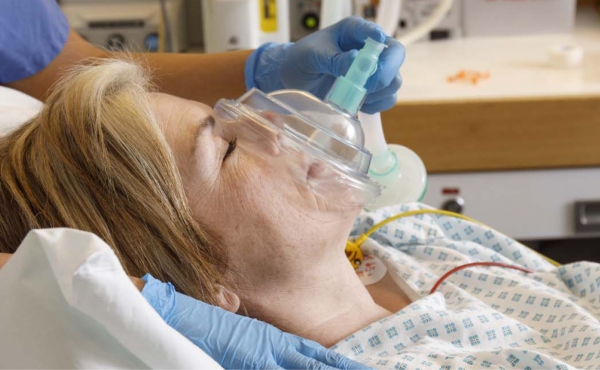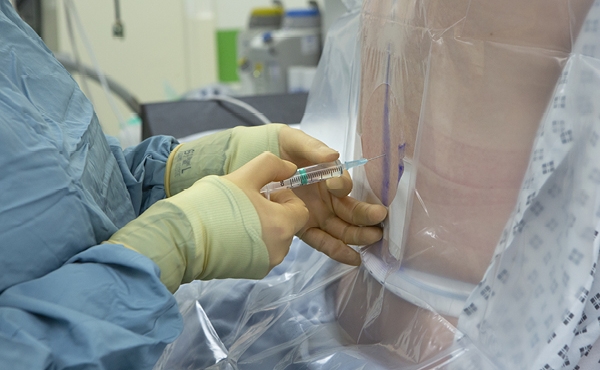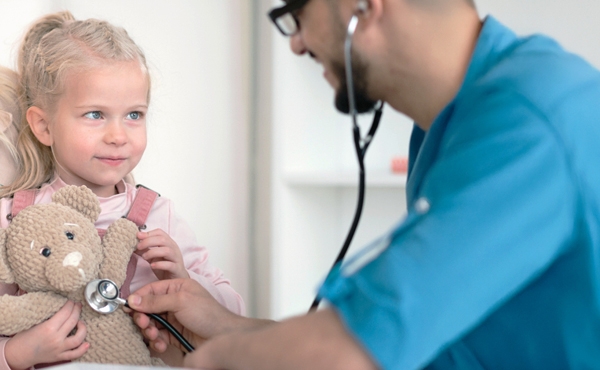Anaesthesia and risk
Anaesthetic techniques and equipment have greatly improved over the last 60 years, as has the training of anaesthetists to keep you safe.
If you are in good health modern anaesthetics are very safe. All procedures, though, have some risks. The resources in this section are designed to explain the main risks associated with anaesthesia and to support conversations with healthcare professionals about your care.
Risks associated with general anaesthesia
Browse our leaflets to learn about the risks and side effects of general anaesthesia.
Risks associated with regional anaesthesia
Browse our leaflets to learn about the risks and side effects of regional anaesthesia, including spinals and epidurals.
Common events & risks for children & young people
Find out about the risks and side effects of general anaesthetics in children.




